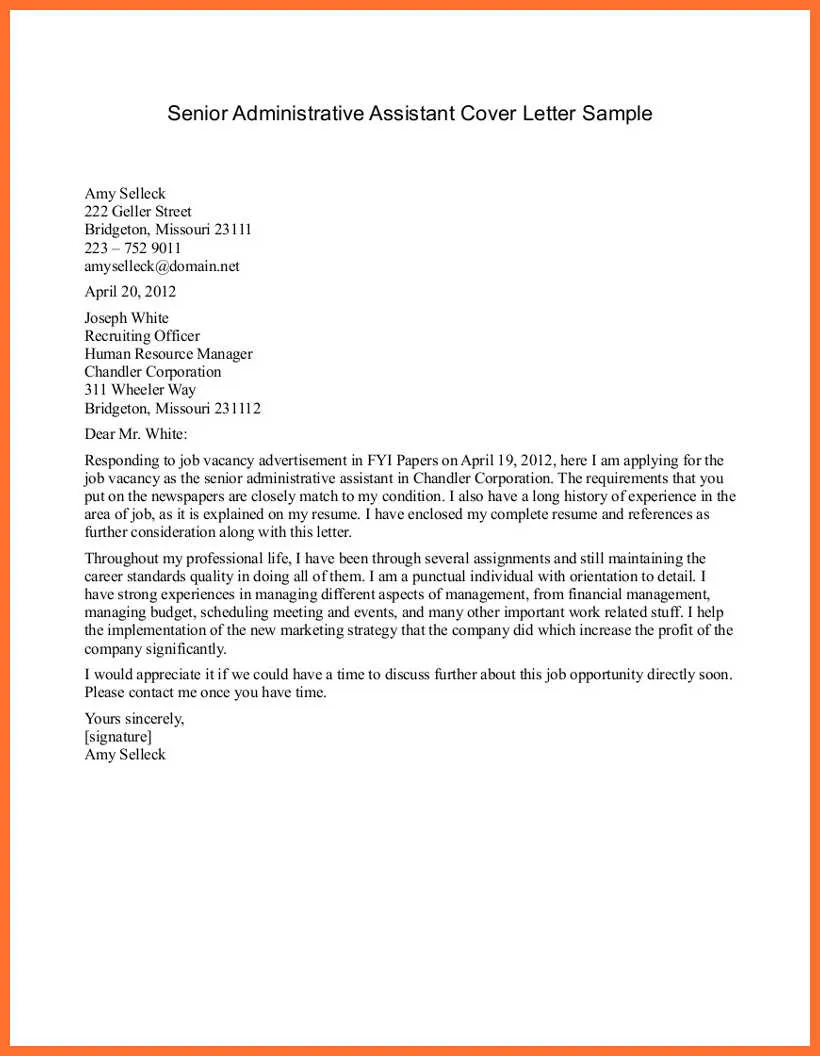Why Cover Letters Matter
In the competitive world of job applications, a well-crafted cover letter can be your key to unlocking the door to your dream job. While resumes provide a snapshot of your qualifications and experience, a cover letter gives you the opportunity to provide context, showcase your personality, and explain why you’re the perfect fit for the role and the company. It’s your chance to make a strong first impression and demonstrate your genuine interest. Many hiring managers consider a cover letter essential; it reveals your communication skills, attention to detail, and ability to tailor your application to a specific opportunity. Skipping this step could mean missing out on interviews, regardless of how impressive your resume might be. So, invest the time to create a cover letter that truly represents your unique value proposition and sets you apart from other applicants. A compelling cover letter can transform your application from ordinary to extraordinary, significantly increasing your chances of landing an interview.
The Core Components of a Cover Letter
A successful cover letter isn’t just a collection of words; it’s a carefully structured narrative that tells your story and convinces the reader of your suitability for the job. There are several crucial components that every effective cover letter must include. Each part contributes to the overall impact of your application and helps you achieve your goal of securing an interview. Understanding these core elements will guide you in creating a compelling cover letter that grabs the hiring manager’s attention and increases your chances of success. Each section serves a specific purpose, working together to present you as the ideal candidate. Properly structuring your cover letter, you are more likely to make a positive impact on the hiring team.
Your Contact Information (Header)
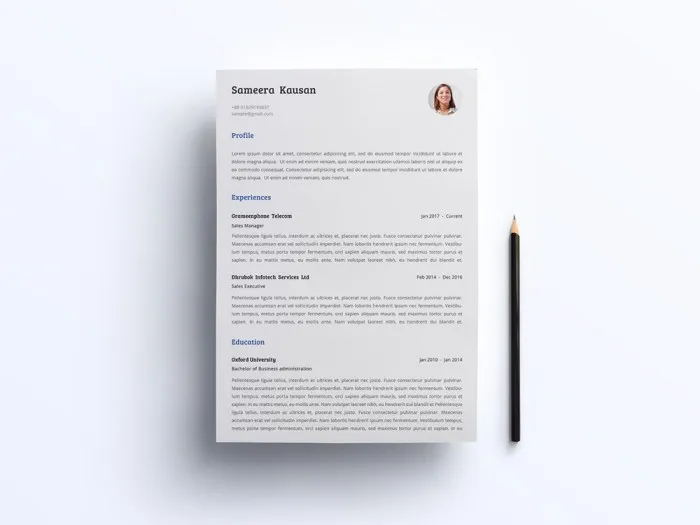
The header of your cover letter serves as your professional introduction, immediately providing the recruiter with essential contact details. This section typically includes your full name, phone number, email address, and optionally, your LinkedIn profile URL or personal website. Ensure that the information is accurate and up-to-date. The header should be neatly formatted and easy to read, allowing the recruiter to quickly reach out to you. Using a clear and professional font, and consider aligning the header to the left or right for a clean presentation. By including this information upfront, you make it effortless for potential employers to connect with you, which is a crucial first step in the application process. Double-check all details before submitting your application to avoid any potential communication issues.
The Salutation
The salutation sets the tone for your entire cover letter, so choosing the right one is essential. Aim for a professional and personalized approach. If possible, address the hiring manager by name – this shows that you’ve done your research and are genuinely interested in the opportunity. If the hiring manager’s name is unavailable, a general greeting like “Dear Hiring Team” or “Dear [Company Name] Team” is appropriate. Avoid generic salutations like “To Whom It May Concern” as they can make your application seem less personalized. Always ensure that you spell the recipient’s name correctly; a misspelling can immediately create a negative impression. The salutation sets the stage for your communication; it should be warm, respectful, and tailored to the specific job application.
The Opening Paragraph
Your opening paragraph is your chance to grab the reader’s attention and make a strong first impression. Start by stating the specific position you’re applying for and how you found the job posting. Briefly mention why you’re excited about the opportunity and the company. Consider including a compelling sentence that highlights your most relevant skill or achievement to immediately capture the hiring manager’s interest. Avoid generic phrases; instead, use concise and impactful language. Your opening paragraph should be a clear and enthusiastic summary of your intentions. The aim is to instantly communicate your value and entice the reader to continue reading. The first paragraph of your cover letter is pivotal; it should immediately highlight why you’re an excellent candidate for the job.
Highlighting Your Value Proposition
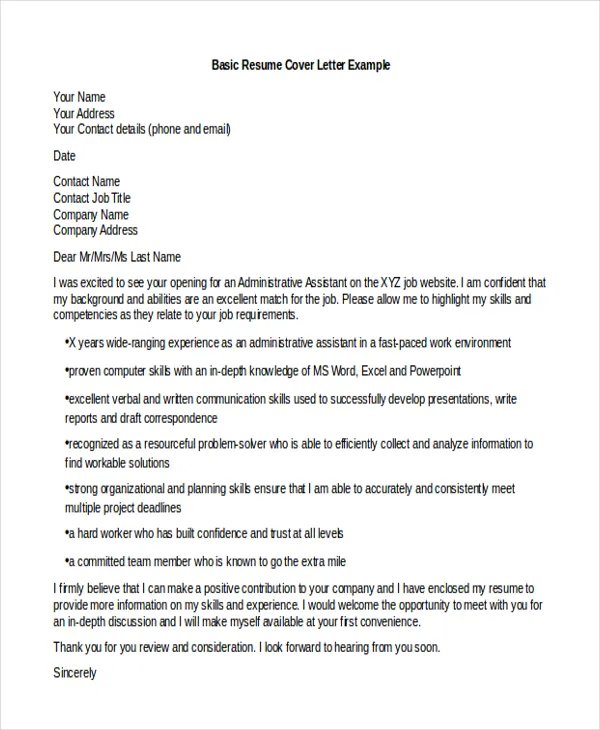
The body of your cover letter should highlight your value proposition to the employer. This is where you articulate how your skills and experiences align with the job requirements and company goals. Instead of merely restating your resume, use this space to elaborate on your accomplishments, providing specific examples to support your claims. Focus on what you can bring to the role and what sets you apart from other candidates. Show the hiring manager the tangible results you’ve achieved in previous positions, using quantifiable data whenever possible (e.g., increased sales by 15%, managed a team of 10 people). Tailor your examples to the specific needs and expectations outlined in the job description. This section allows you to tell a story and give the recruiter a clear picture of why you are a valuable asset.
Sharing Relevant Experiences
When discussing your experiences, focus on those most relevant to the job you’re applying for. Don’t just list your past responsibilities; instead, describe your accomplishments and the impact you made in each role. Use the STAR method (Situation, Task, Action, Result) to provide detailed context. For each experience, start by describing the situation, the task you were assigned, the specific actions you took, and the positive results you achieved. This method helps you create a compelling narrative that demonstrates your skills and abilities. Include examples of how you’ve solved problems, overcome challenges, and contributed to your previous employers’ success. Sharing relevant experiences in this way offers concrete evidence that you can excel in the new role and is a great way to show that you’re qualified for the job.
Quantifying Your Achievements
Numbers speak louder than words. Whenever possible, quantify your achievements to make your cover letter more impactful. Instead of saying “Improved customer satisfaction,” state “Increased customer satisfaction scores by 20% through implementing a new feedback system.” Quantifiable data provides concrete evidence of your abilities and gives the hiring manager a clear understanding of your contributions. Use metrics such as percentages, dollar amounts, and specific numbers to showcase your accomplishments. For instance, if you increased sales, specify the percentage or the dollar amount. If you managed a team, state the number of team members. Quantifying your achievements not only demonstrates your value but also shows your attention to detail and analytical skills. This approach helps you stand out by providing measurable proof of your effectiveness.
Expressing Enthusiasm and Fit
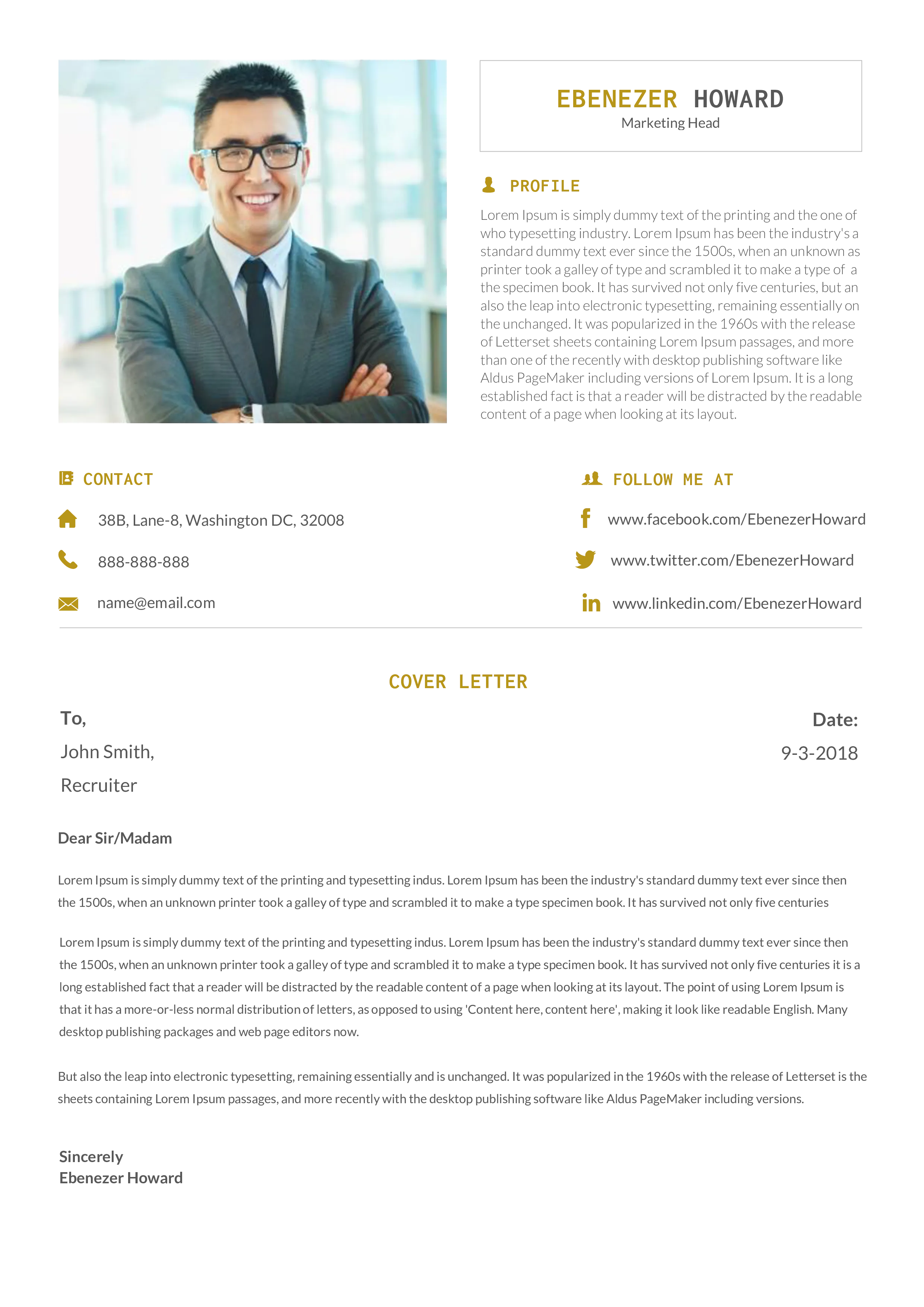
A cover letter is also your opportunity to express genuine enthusiasm for the position and the company. Demonstrate that you’ve researched the company, understand its mission, and are excited about the opportunity to contribute. Explain why you are a good fit for the company culture and how your values align with theirs. Share specific reasons why you’re interested in this particular role, and mention how your skills and experiences would benefit the team. Your passion should shine through, making the hiring manager feel confident that you’ll be a motivated and dedicated employee. Avoid generic statements and instead, tailor your enthusiasm to the specifics of the company and the role. This demonstrates that you are genuinely interested in the opportunity and invested in the company’s success.
The Call to Action
A strong call to action is essential to encourage the hiring manager to take the next step. Clearly state your interest in the position and your availability for an interview. Make it easy for the recruiter to contact you by including your phone number and email address. Thank the hiring manager for their time and consideration. Consider reiterating your key skills and how they align with the job requirements. Be confident and direct in your request for an interview. The call to action should be concise and leave a lasting impression, reinforcing your enthusiasm and encouraging the hiring manager to move forward with your application. This is your final opportunity to convince the reader that you are the right candidate for the job.
The Closing and Signature
The closing of your cover letter should be professional and memorable. Use a formal closing such as “Sincerely,” “Best regards,” or “Thank you.” Follow the closing with your typed full name. If you’re sending a digital cover letter, you can also include your electronic signature (if desired). Ensure your closing reflects the tone of your letter and leaves a positive impression. The closing paragraph should be free of errors and convey professionalism. It’s the final touch that completes your cover letter, making it ready for submission. A well-crafted closing assures the hiring team that you are serious about the role and value their time.
Cover Letter Example 1 The Enthusiastic Applicant
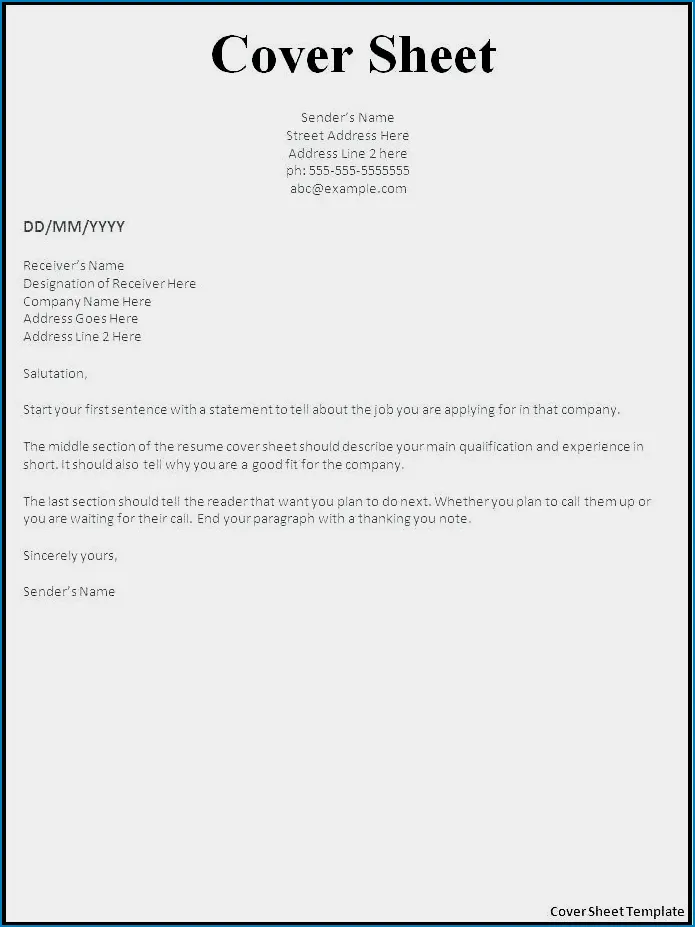
The enthusiastic applicant cover letter showcases a candidate’s strong passion for the role and the company. This approach is suitable when you are genuinely excited about the opportunity and want to convey your eagerness to contribute. The key is to balance enthusiasm with professionalism, avoiding overly informal language. The goal is to show that you are not only qualified but also enthusiastic about the prospect of joining the team. This approach can be particularly effective when applying for roles at companies with a strong culture or those that value innovative ideas and passionate employees. The enthusiastic applicant typically focuses on expressing their excitement and explaining how they would be a great fit.
Key Elements of Enthusiastic Cover Letters
- Expressing genuine excitement for the position and the company
- Highlighting how the candidate’s values align with the company culture
- Mentioning specific reasons for wanting to work for the company
- Demonstrating a deep understanding of the role and its requirements
Example Breakdown
Dear [Hiring Manager Name], I am writing with immense enthusiasm to express my interest in the Marketing Specialist position at [Company Name], as advertised on [Platform]. Having followed [Company Name]’s innovative campaigns for years, I am deeply impressed by your commitment to [Company Value] and believe my skills align perfectly with your mission. My experience in developing and executing successful marketing strategies, including increasing website traffic by 30% and leading social media engagement campaigns, has equipped me to excel in this role. I am particularly excited about the opportunity to contribute to [Specific Project or Initiative] and believe my passion for [Relevant Skill] would be a valuable asset to your team. I am eager to bring my enthusiasm and expertise to [Company Name]. I am available for an interview at your earliest convenience.
Cover Letter Example 2 The Skills-Focused Approach
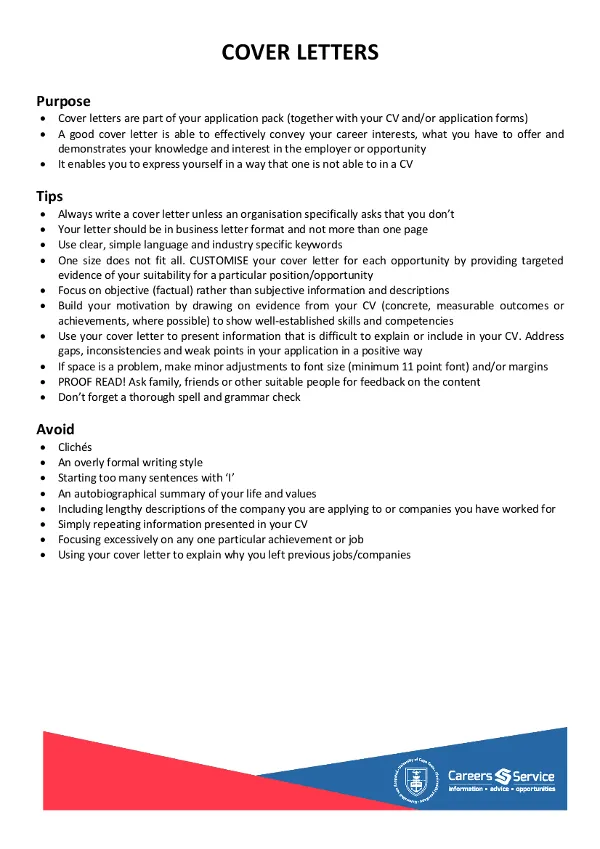
This type of cover letter emphasizes the candidate’s skills and how they directly relate to the job requirements. It’s an excellent strategy when the job description clearly outlines the necessary skills and qualifications. The skills-focused cover letter is tailored to showcase your abilities and how they align with the role. The emphasis is on providing examples of how you have used these skills in previous roles and achieved positive outcomes. This approach is effective when the job demands specific technical skills or a proven track record. The structure highlights your competence in areas most relevant to the position.
Key Elements of Skills Focused Cover Letters
- Identifying the key skills mentioned in the job description
- Providing specific examples of how the candidate has utilized those skills
- Quantifying achievements whenever possible
- Demonstrating how skills align with the job’s requirements
Example Breakdown
Dear [Hiring Manager Name], I am writing to express my strong interest in the Software Engineer position at [Company Name]. The job description aligns perfectly with my skills in programming, data structures, and algorithms. In my previous role at [Previous Company], I successfully developed and implemented a new software feature using [Specific Technology], resulting in a 15% improvement in operational efficiency. I also have extensive experience with [Relevant Technologies] and consistently delivered high-quality code under tight deadlines. Furthermore, I am proficient in collaborating with cross-functional teams. I am confident in my ability to meet and exceed the requirements of this role. Thank you for your time and consideration; I look forward to the opportunity to discuss my qualifications further.
Cover Letter Example 3 The Experience-Driven Cover Letter
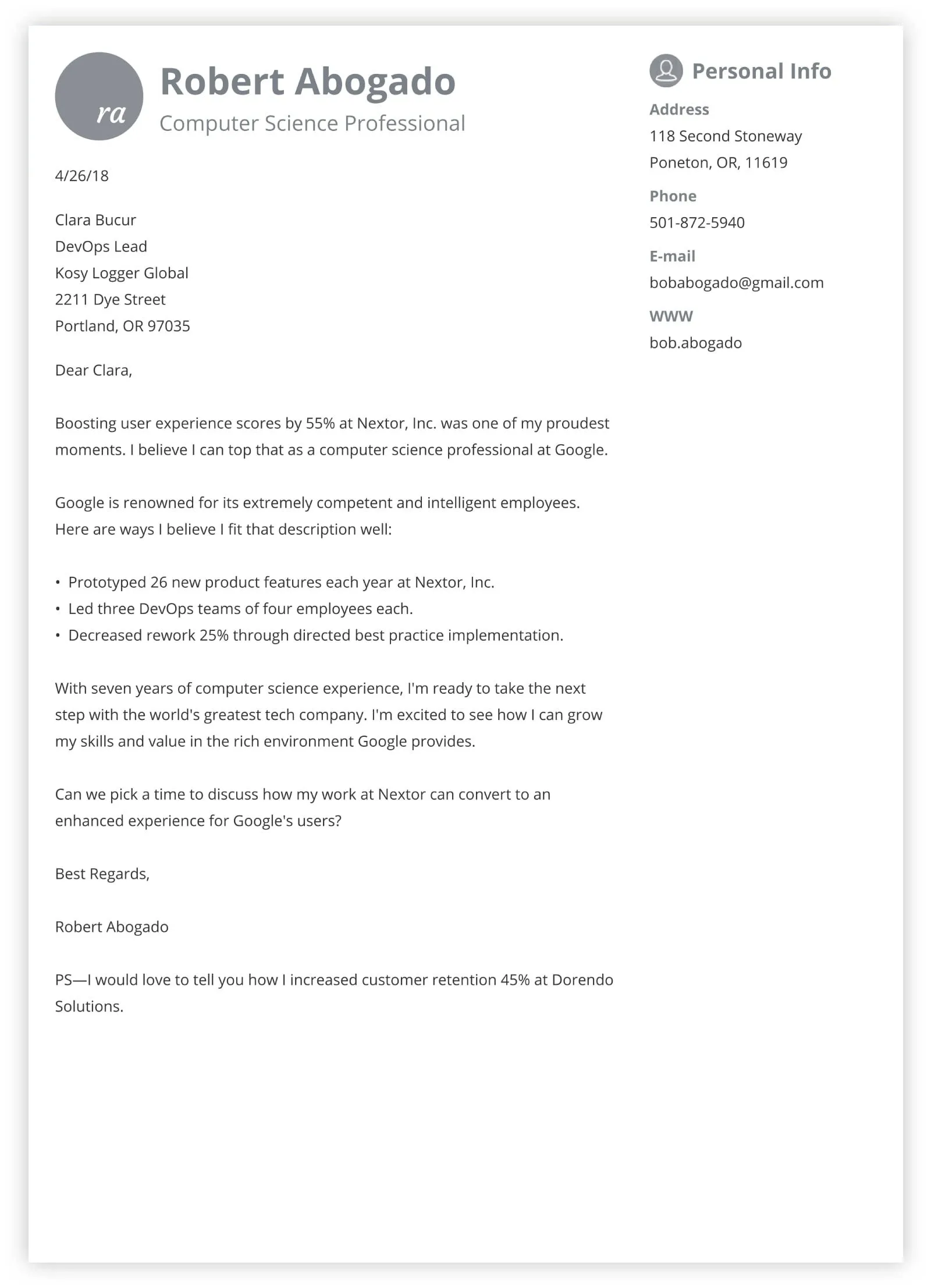
This cover letter focuses on your work history, demonstrating a clear progression of roles and responsibilities. It’s a good approach when you have extensive experience in a specific field. The experience-driven cover letter provides a detailed account of your professional journey, highlighting your achievements and growth over time. Tailoring your examples to fit the requirements of the job description, this approach is designed to illustrate a proven track record of success. This is a good option if you want to demonstrate how your experience is relevant to the new role. The goal is to show your value to the hiring manager.
Key Elements of Experience Driven Cover Letters
- Providing a chronological overview of work history
- Highlighting achievements within each role
- Focusing on career progression and growth
- Connecting past experiences to the current job requirements
Example Breakdown
Dear [Hiring Manager Name], I am writing to express my interest in the Project Manager position at [Company Name]. My career has spanned over a decade in project management. In my previous role at [Previous Company], I successfully managed [Number] projects. I consistently delivered projects on time and under budget. My experience in [Relevant Field] has equipped me with the skills to lead and coordinate projects effectively. I have a proven track record of problem-solving and team leadership, as demonstrated by [Specific Project Achievements]. I am proficient in using project management methodologies such as Agile and Waterfall. I believe my extensive experience and commitment to delivering excellent results align with the goals of [Company Name]. I am eager to contribute to your team’s success.
Cover Letter Example 4 The Networking Cover Letter
When applying for a job through a referral or after connecting with someone from the company, the networking cover letter becomes your primary tool. This type of letter highlights your connection to the company and uses the referral as a way to gain access to the hiring team. Building on your connection with someone already working there, this cover letter is used to establish a sense of trust, demonstrating that you’ve done your research and that someone in the company trusts you. By leveraging your connection to the company, the networking cover letter can give you a competitive edge. This is a great way to improve your chances of getting an interview.
Key Elements of Networking Cover Letters
- Mentioning the name of the person who referred you
- Highlighting the connection to the company
- Expressing gratitude for the referral
- Tailoring the cover letter to align with the job and the company
Example Breakdown
Dear [Hiring Manager Name], I am writing to express my interest in the Sales Manager position at [Company Name], thanks to the recommendation of [Referrer’s Name]. Having spoken with [Referrer’s Name] about the exciting work you are doing at [Company Name], I am incredibly enthusiastic about the opportunity to contribute my skills. My background in sales management, including a track record of exceeding sales targets, aligns well with the needs of this role. [Referrer’s Name] has informed me that my experience would be a good fit, and I am confident in my ability to make a significant impact. I am eager to discuss my qualifications further and look forward to the opportunity to join your team.
Cover Letter Example 5 The Unique Situation Cover Letter
The unique situation cover letter is tailored for situations where the job application involves a career change, a gap in employment, or a non-traditional background. This approach allows you to address any concerns the hiring manager might have. The goal is to showcase your adaptability, explain the circumstances, and convince the recruiter that your skills are transferrable and that you’re the best candidate. This approach allows you to navigate complex situations and highlight the value of your unique experiences, enabling you to position yourself effectively. This also is a great opportunity to shine.
Key Elements of Unique Situation Cover Letters
- Addressing any employment gaps or career changes directly
- Highlighting transferable skills and experiences
- Emphasizing adaptability and willingness to learn
- Tailoring the cover letter to meet the specific requirements
Example Breakdown
Dear [Hiring Manager Name], I am writing to express my interest in the [Position] role. While my background is primarily in [Previous Field], I am excited to transition my skills to [New Industry]. I have recently completed [Relevant Training or Course], equipping me with [Specific Skills] necessary for success in this position. I am aware that this represents a career change; however, my transferable skills in [Relevant Skills] make me confident in my ability to excel in this new role. I have also proactively sought opportunities to expand my knowledge in [New Field]. I am eager to apply my skills in [New Field]. Thank you for considering my application.
Best Practices for Cover Letters
To maximize the impact of your cover letter, it’s important to follow a set of best practices. Start by carefully reviewing the job description and tailoring your cover letter to meet the specific requirements of the position. Use clear, concise language and maintain a professional tone throughout. Proofread your cover letter meticulously to avoid any errors in grammar, spelling, or punctuation. Keep your cover letter concise, ideally one page in length. Use a professional font and maintain consistent formatting for a polished look. Make sure the content aligns with your resume and that your contact information is accurate. By following these practices, you can create a cover letter that leaves a lasting positive impression and increases your chances of getting an interview.
